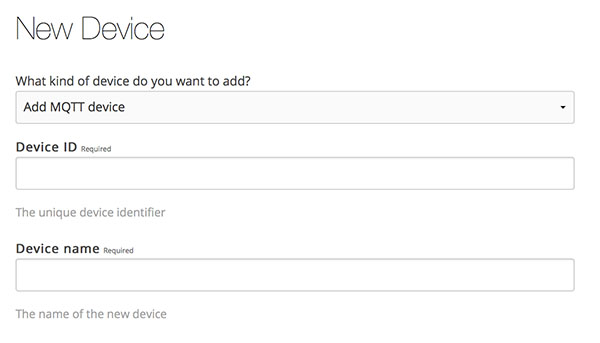Hobson can be the foundation for your IoT projects.
The Internet of Things (IoT) is the network of physical objects — devices, vehicles, buildings and other items embedded with eletronics, software, sensors and network connectivity — that enables these objects to collect and exchange data.
Source: WikipediaIn 2015, BI Intelligence forecasted that nearly $6 trillion dollars will be spent on IoT solutions over the next 5 years. Gartner forecasted that the number of connected "Things" will reach 13.5 billion by 2020.
Even if you knock those estimates down by an order of magnitude, IoT has enormous potential. This is further evidenced by the many companies — both large and small — that have entered the space with new products.
Duplication of effort
Until the industry can come together around open standards & services, device hubs like Hobson are a necessity. Unfortunately, many companies are forced to create a hub and associated software simply to facilitate their true differentiators — their hardware.
How can Hobson help?
Hobson is flexible and customizable enough to serve as a starting point for your device hub. There's no need to re-invent the wheel. And because Hobson's capabilities allow devices to interact with it over any protocol, integrating it with your hardware is vastly simplified.
Let's take MQTT as an example since you can start using that right now.
MQTT is a machine-to-machine (M2M)/"Internet of Things" connectivity protocol. It was designed as an extremely lightweight publish/subscribe messaging transport. It is useful for connections with remote locations where a small code footprint is required and/or network bandwidth is at a premium.
Source: mqtt.orgThe Hobson MQTT plugin turns your Hobson Hub into an MQTT server (or connects to an external MQTT server) which allows custom devices to connect, send data and receive commands from Hobson. The message exchange protocol is straight-forward and easy to implement.

Adding a new MQTT device through the web console gives Hobson the information necessary to allow a device to connect and obtain credentials used for secure data exchange with the Hobson Hub.
A device is always identified by its unique ID and credentials which can be revoked and re-generated at any time.

Once your device is connected to Hobson, it can send MQTT messages when its state changes and receive MQTT messages when commands need to be executed. Hobson treats these device(s) just like any other in the system — they can be controlled, used in scheduled and evented tasks, etc.
The entire Hobson web console is a discrete plugin and can be replaced — so you can give your Hub any user interface you want while still retaining all the capabilities that Hobson provides (within the boundaries set by Hobson's open source license).
